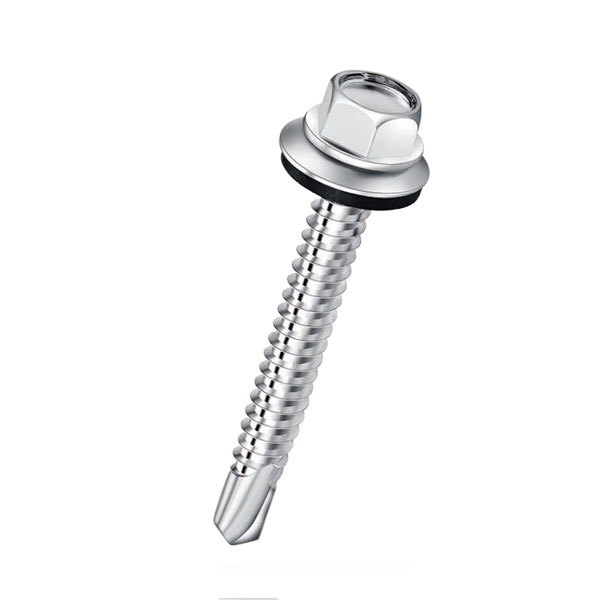custom flat washer cost
Understanding the Cost of Custom Flat Washers
Flat washers are essential components in various applications, from construction and automotive to electronics and machinery. While standard washers can be purchased off-the-shelf, many projects require custom flat washers tailored to specific dimensions, materials, and performance requirements. This article explores the factors influencing the cost of custom flat washers, providing insights for businesses and individuals considering this option.
The Importance of Custom Washers
Custom flat washers are designed to meet unique specifications such as diameter, thickness, and material. They play a crucial role in load distribution, preventing damage to surfaces and ensuring secure fastening. For instance, in the aerospace industry, where weight and strength are critical, precision-engineered washers are often necessary. Similarly, custom washers can be vital in high-temperature environments, requiring special materials to withstand extreme conditions.
Factors Influencing the Cost
1. Material Selection The choice of material significantly affects the cost of custom flat washers. Common materials include steel, stainless steel, brass, aluminum, and even specialized materials like nylon or graphite. Each material has its own properties, including strength, corrosion resistance, and thermal conductivity. For example, stainless steel is more expensive than standard steel but offers superior resistance to rust and wear, making it an ideal choice for outdoor and marine applications.
2. Size and Thickness The dimensions of the washer also play a crucial role in determining the cost. Larger washers require more material, leading to a higher price. Additionally, variations in thickness can influence the manufacturing process and material usage. Custom dimensions often lead to increased production costs compared to standard sizes.
custom flat washer cost

3. Manufacturing Process The method used to produce custom flat washers can impact pricing. Common manufacturing processes include stamping, laser cutting, and CNC machining. Each of these methods has different cost implications based on production volume, complexity of design, and tooling requirements. For example, CNC machining may offer greater precision for intricate designs but can be more expensive than simpler methods like stamping.
4. Quantity Ordered The scale of the order also plays a significant role in cost per unit. Typically, producing items in bulk reduces the cost per washer due to economies of scale. However, a small batch may incur higher costs due to setup fees and less efficient use of materials. Businesses should carefully consider their needs to determine the most cost-effective order quantity.
5. Lead Time and Delivery The manufacturing lead time can also affect the overall cost. Custom washers may require longer production times than standard parts, and expedited services often incur additional fees. Businesses with tight deadlines should factor in these costs when planning their projects.
6. Surface Treatments and Coatings Finishing processes such as plating, powder coating, or anodizing can enhance the durability and aesthetics of custom flat washers but also add to the overall cost. These treatments are especially important in applications where the washers are exposed to harsh environments or require specific visual characteristics.
Conclusion
When considering custom flat washers, it is essential to understand the various factors influencing their cost. Material selection, size, manufacturing processes, order quantity, lead times, and finishing treatments all play significant roles in determining pricing. Businesses should perform a thorough cost-benefit analysis, balancing the need for custom specifications against budget constraints.
Engaging with a trusted manufacturer can provide valuable insights to optimize the design and production of flat washers while staying within budget. This collaboration can lead to cost-effective solutions tailored to unique project requirements, ensuring both functionality and financial feasibility. Ultimately, the goal is to find a balance between quality, performance, and cost that meets the specific needs of the application.
-
Top Choices for Plasterboard FixingNewsDec.26,2024
-
The Versatility of Specialty WashersNewsDec.26,2024
-
Secure Your ProjectsNewsDec.26,2024
-
Essential Screws for Chipboard Flooring ProjectsNewsDec.26,2024
-
Choosing the Right Drywall ScrewsNewsDec.26,2024
-
Black Phosphate Screws for Superior PerformanceNewsDec.26,2024
-
The Versatile Choice of Nylon Flat Washers for Your NeedsNewsDec.18,2024










